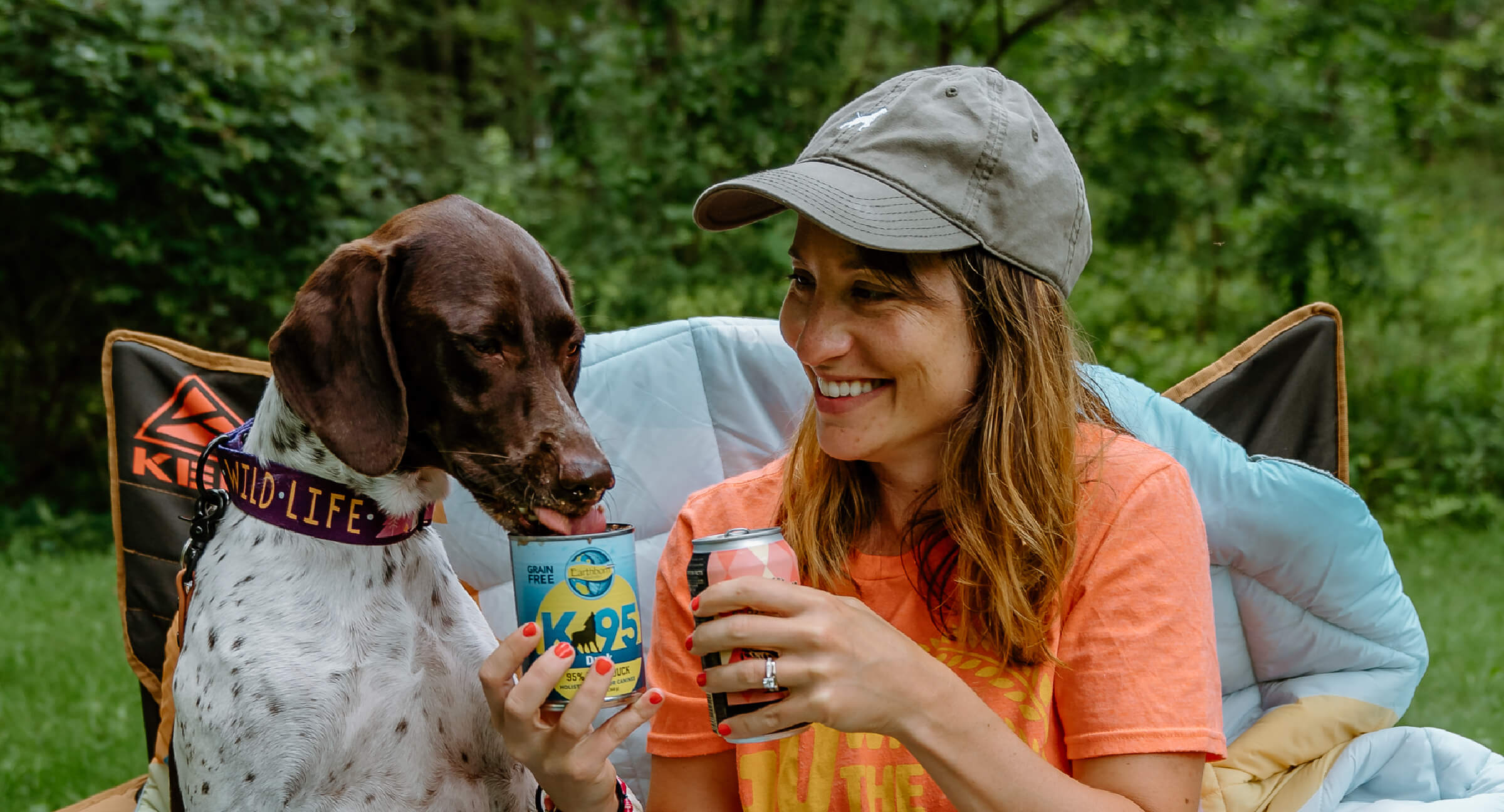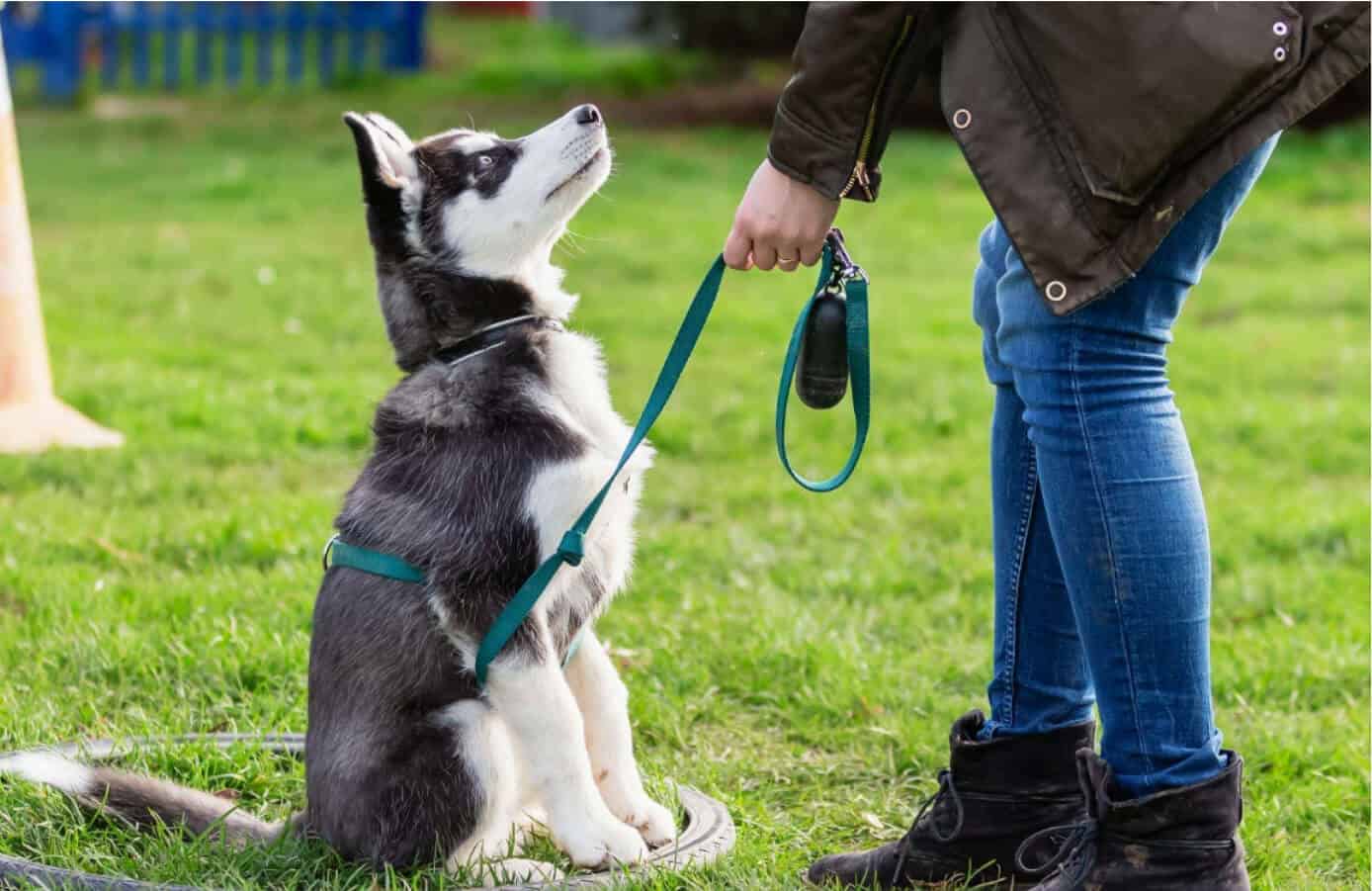Important Tips for Successful Dog Training: A Guide for Pet Dog Owners
Effective dog training is a diverse process that needs a tactical strategy customized to both the animal's character and the proprietor's purposes. Understanding just how to browse these obstacles can dramatically improve the training experience, inevitably changing the connection in between proprietor and pet dog.
Comprehending Dog Behavior
Recognizing dog habits is crucial for reliable training and fostering an unified connection between dogs and their proprietors. dog training. Canines connect largely via body language, articulations, and actions, making it essential for proprietors to interpret these signals properly.

Socializing plays a significant role in pet dog habits; direct exposure to various environments, people, and various other pets can dramatically influence a pet dog's character. Additionally, factors such as type qualities and individual character must direct training approaches, as some breeds may have particular behavioral qualities that require tailored strategies. By comprehending these components, proprietors can develop a supportive setting that encourages favorable actions, leading to successful training outcomes and a deeper bond with their animals.
Developing Regular Commands
Reliable interaction with your dog starts with establishing constant commands. This fundamental element of training is crucial for fostering understanding in between you and your pet. Consistency in the commands you utilize makes certain that your canine can reliably connect specific words or expressions with the preferred actions.
When selecting commands, choose clear, distinct words that are simple to separate and claim from one another. Prevent using similar-sounding commands that may confuse your pet. Making use of "sit" and "remain" is proper, but "rest" and "struck" could lead to misunderstandings.
In addition, maintain the exact same tone and volume for every command. Dogs are sensitive to singing signs, so varying your tone can create complication.
It is just as essential to guarantee that all family participants get on the same web page regarding the commands utilized. A united front in command use will stop blended signals and strengthen the knowing process.
Favorable Support Strategies
The power of positive support in dog training depends on its ability to urge preferred behaviors through rewards and appreciation. This method is grounded in the principle that actions adhered to by beneficial end results are more probable to be duplicated. By including favorable reinforcement right into your training regimen, you can efficiently shape your pet dog's actions in a positive way.
To execute favorable support, it's crucial to recognize what motivates your dog, whether it be deals with, playthings, or spoken appreciation. When your canine performs a preferred action, such as resting on command, right away reward them with a treat or affection. This organization in between the command and the favorable result enhances their understanding.
It's crucial to timing the incentives correctly; supplying the support within secs of the preferred habits assists your pet make the connection (dog training). Additionally, uniformity is crucial-- guarantee that all relative make use of the exact same commands and incentive systems to stay clear of complication

Gradually, you can lower the frequency of treats as your pet dog discovers the habits, transitioning to commend or intermittent incentives. This approach not just fosters a solid bond between you and original site your pet dog but additionally advertises a positive discovering atmosphere, making training a satisfying experience for both.
Socialization and Interaction
Consistently revealing your dog to a range of settings, people, and various other animals is vital for their social growth. Socialization should begin early, preferably during the essential home window of 3 to 14 weeks, when puppies are most receptive to brand-new experiences. Older canines can additionally benefit from recurring socializing initiatives.
Introduce your pet to different settings, such as parks, pet-friendly stores, and city locations. This direct exposure helps them adapt to numerous stimuli, lowering anxiety and worry responses. Urge favorable interactions with various other dogs and try this site people, making sure that these encounters are risk-free and regulated to promote self-confidence.
Make use of structured playdates with courteous pets, as this can enhance your pet dog's social abilities and show them ideal habits. Obedience courses and training sessions likewise supply outstanding chances for socializing, allowing your pet to communicate with others in a monitored environment.
Display your pet's body movement during communications, as this will our website certainly help you determine their comfort level. Progressively enhance direct exposure to more challenging situations while making certain that each experience declares. A well-socialized pet dog is most likely to show balanced habits, making them a delight to have in any type of setup.
Resolving Common Training Obstacles
Every canine owner will certainly encounter training challenges eventually, despite their dog's age or socializing level. Determining usual problems such as stubbornness, diversions, and fearfulness can help in developing efficient strategies for renovation.

Interruptions throughout training sessions can hinder emphasis. To battle this, start training in a silent setting with very little stimuli. Gradually introduce interruptions as the pet becomes much more skilled in commands. Short, constant training sessions are also reliable in keeping interest.
Fearfulness can hinder a canine's discovering process. Gradual desensitization to the resource of worry, combined with favorable support, can help minimize anxiety. Perseverance is essential; never compel a dog into a situation that triggers distress, as this may worsen the problem.
Eventually, understanding and dealing with these usual obstacles with an organized approach will foster an extra effective training experience, reinforcing the bond in between dog and proprietor while promoting efficient discovering.
Final Thought
In summary, effective dog training depends on a thorough understanding of canine habits, the establishment of constant commands, and the application of favorable support techniques. Socialization plays an important duty in creating well-adjusted family pets, while dealing with common training obstacles requires patience and flexibility. By executing these important methods, family pet proprietors can promote a solid bond with their pets and advertise preferable actions, inevitably causing an unified relationship in between humans and their canine companions.
Comprehending pet actions is essential for effective training and fostering a harmonious partnership between dogs and their proprietors.Socialization plays a considerable duty in dog actions; exposure to different atmospheres, individuals, and various other pets can dramatically influence a pet's temperament.The power of favorable support in dog training exists in its capability to urge desired habits through rewards and praise. By integrating positive support right into your training regimen, you can efficiently shape your canine's habits in a useful way.
In summary, effective dog training relies on a thorough understanding of canine habits, the facility of consistent commands, and the application of positive support methods.